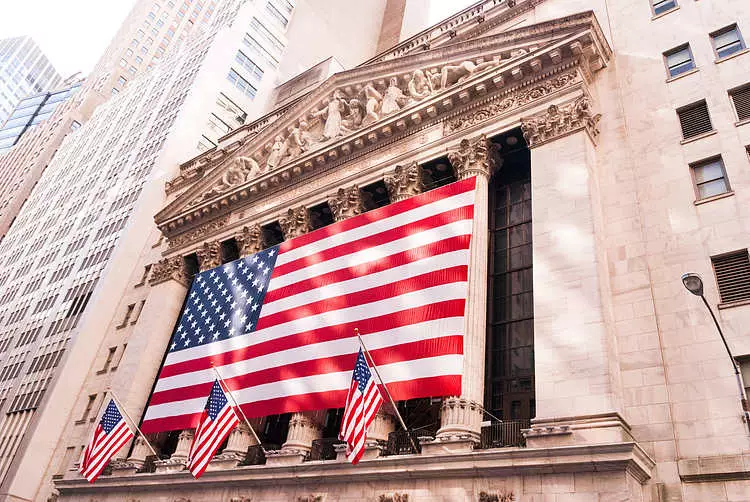Financial markets sometimes operate in elusive ways, and a microscope on recent trends and patterns can shed light on their behavior. The recent fluctuations in the US S&P 500 index nearing a significant milestone of 6,000 shed light on the psychological barriers faced by investors and traders alike. This article delves into the critical factors influencing market dynamics, particularly focusing on the S&P 500 and Asian markets such as the Hang Seng Index, while offering an analytical perspective on trading psychology and economic influences.
The S&P 500 index has been approaching the 6,000 mark, a figure that appears to hold considerable psychological significance for investors. Recent market movements suggest that there is an air of uncertainty as traders assess whether the index will maintain its momentum or falter. Following a robust rally of 5% from recent lows, market fatigue has set in, reflecting a cautious stance among investors. Many are scrambling to secure profits stemming from the post-election rally, leading to increased volatility.
As the market heads into the latter half of the week, the escalating strength of the US dollar has compounded these challenges. Dollars now reside at the upper end of a two-year range against a selection of major currencies, creating an environment ripe for profit-taking. The dollar’s ascendancy often influences equity markets, precipitating shifts in trading strategies. Interestingly, despite these pressures, metrics such as the VIX Fear Index languish below 15, indicating a general optimism amongst market participants, albeit with an undercurrent of caution.
An examination of the Fear and Greed Index unveils further layers of market sentiment. Currently residing at a score of 59, this index indicates that the market teeters on the edge of exiting a state of ‘greed.’ Earlier peaks in this index suggest overbought conditions, marking a critical juncture where buyers may remain active yet restrained due to the risk of a market correction. This aligns with the historical trend of November through January, a period traditionally favorable for equities.
The prospect of a pullback to the 5900 area is particularly compelling. This zone represents not merely a round number but also a technical retracement level around 61.8% of recent upward momentum, echoing the October highs. Such a retreat would not only serve as a correction but also as a necessary recalibration for the index before any future ascents can be contemplated.
The Hang Seng Index: A Cautionary Tale
Shifting focus to the Hang Seng Index reveals a sobering narrative. As it grapples with a 20% downturn from its early October heights, this market suggests the onset of a bear phase. The index’s current trajectory raises alarms, particularly with six consecutive weeks of declines showcasing a lack of buying interest. Surging trading volumes in Chinese equities further illustrate the divided perspectives amongst investors, with ongoing economic uncertainties prompting fears around insufficient stimulus measures and potential trade wars.
Despite the pronounced drop, it is worth noting that only 15% of the impressive 40% gain since September’s lows has been erased. This situation creates a precarious environment, as the Hang Seng continues to trail more than 30% from the lows at the beginning of the year. Notably, the resistance levels around the 22,500 point serve as critical indicators, casting doubts on a swift recovery towards previous highs.
Concluding Thoughts: Navigating Uncertainty
The current landscape across major indices portrays a complex interplay of sentiment, technical analysis, and market psychology. The S&P 500 nears a pivotal moment at 6,000, prompting a concerted effort among investors to navigate profit-taking amid a strengthening dollar. Meanwhile, the Hang Seng Index’s persistent decline highlights the divergent prospects in global markets.
As we look toward the future, the specter of further declines looms unless significant catalysts emerge to steer markets back on track. The potential for a rebound exists, yet it will require a careful balancing of trading strategies, market conditions, and an understanding of broader economic influences. Investors must remain vigilant, ready to adapt to the ceaseless ebb and flow of the markets.

